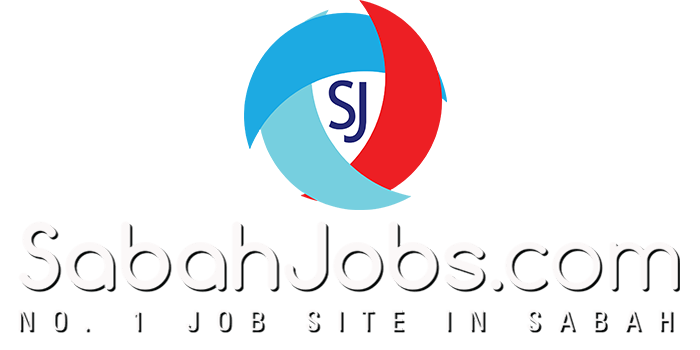theeducation
Let’s start with a better understanding of learning readiness. It isn’t about how fast they can finish a timed math quiz, nor how neatly they print. Learning readiness occurs after foundational developmental abilities are in place.
Students who are ready to learn know how to take in and make sense of the iteducationlearning.com information around them. They know how to recognize patterns. They can consider different explanations before selecting the most likely. This type of problem solving must occur when performing arithmetic, reading, and writing. However, these skills develop outside the classroom first.
You can’t accomplish this with more math worksheets or printing practice. How can you help your unique learner improve their learning readiness? The answer may surprise you.
Learning readiness only occurs when the developmental building blocks fall into place. If your unique learner has some developmental gaps, don’t despair. These gaps can be filled in with activities that feel like play.
Here are three ways to use play to improve your unique learner’s learning readiness.
Try One More Time
The first area to focus on is improving your child’s ability to practice “try one more time” strategies.
theeducationtraining.com Start by stretching your child’s attention span by having them “hang in there” a little longer. Play with that toy a little longer, work on solving that difficult puzzle just a moment longer, read a little longer, and encourage them to “stick with” that chore you assigned them, just a little longer.
Make this goal of yours, theeducationinfo.com designed to help your child, a secret. Without talking about it, start role modeling this behavior yourself and when you’re playing together.
If you’re playing a game with toy cars, stretch out the game a little longer by adding a new and creative dimension. Perhaps enjoy having the cars drive to a pretend parking lot at the pretend zoo.









